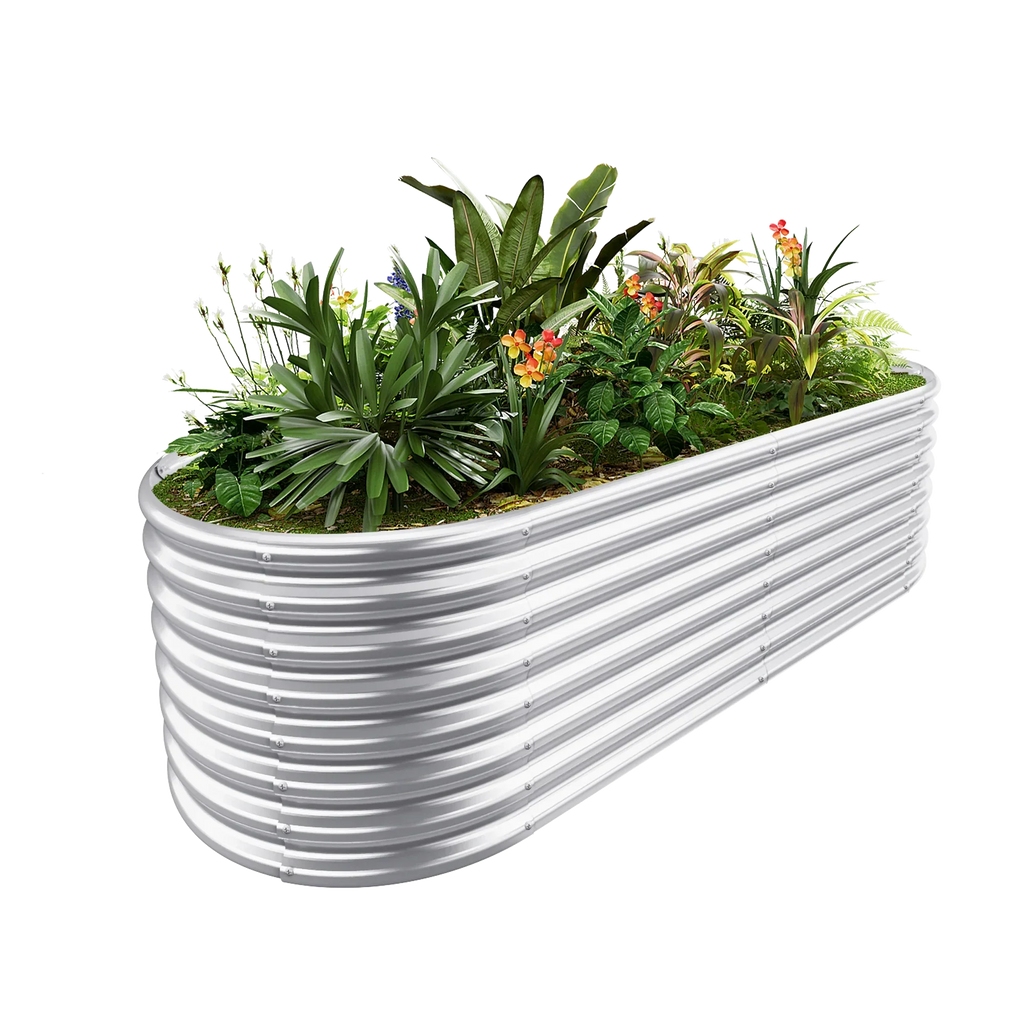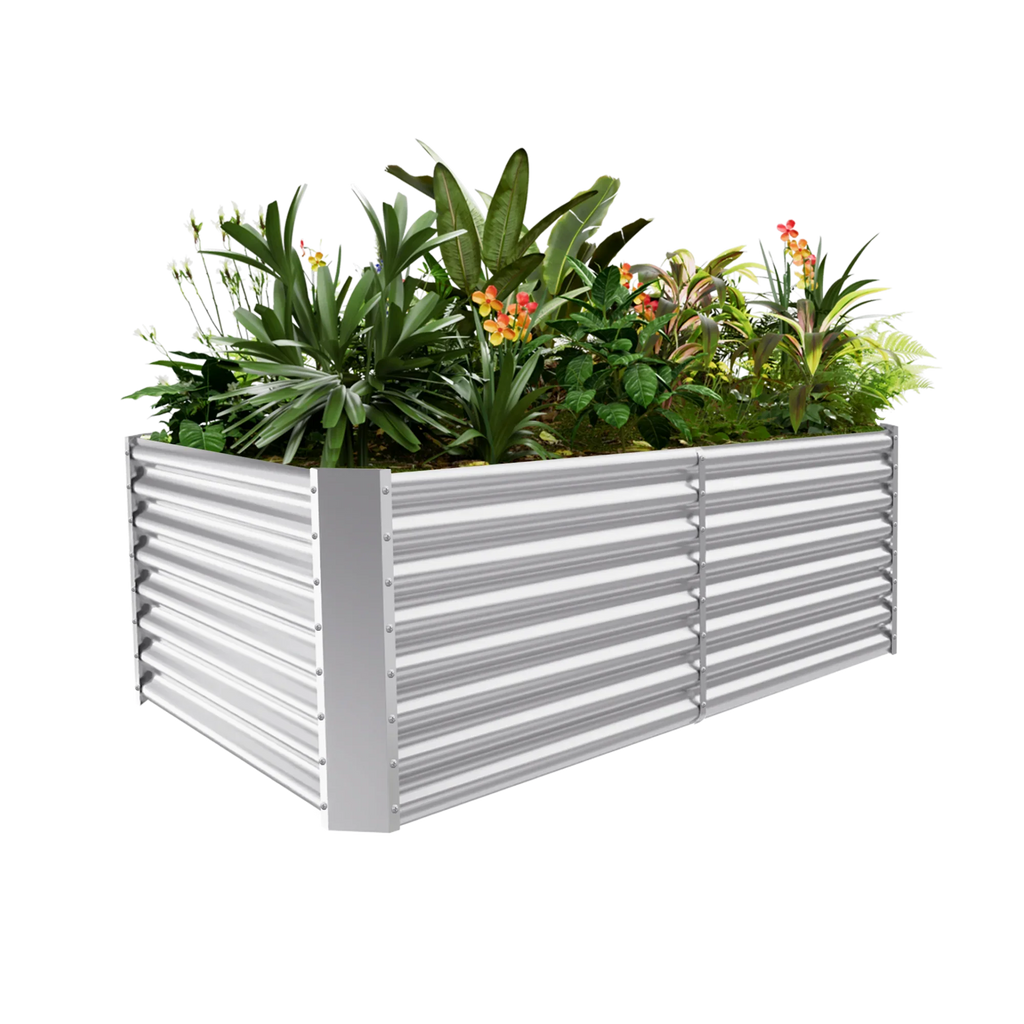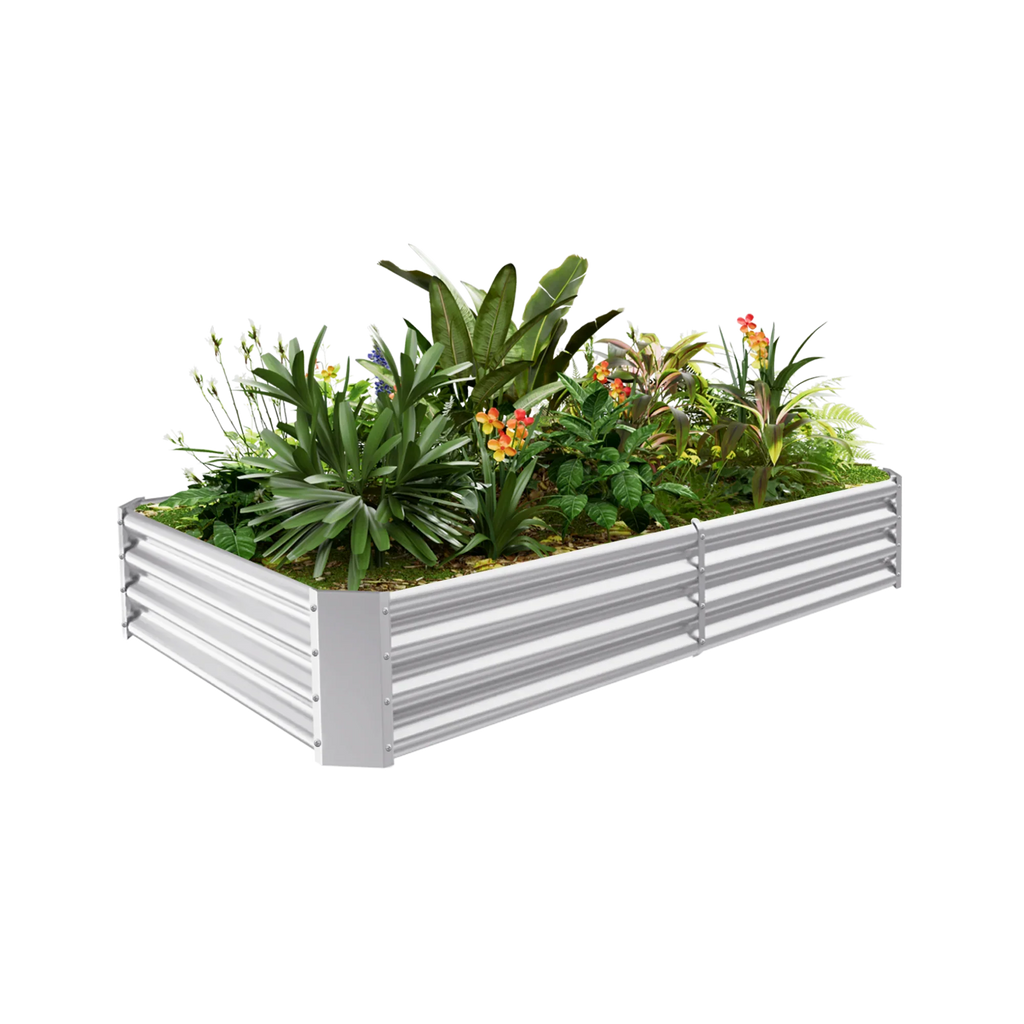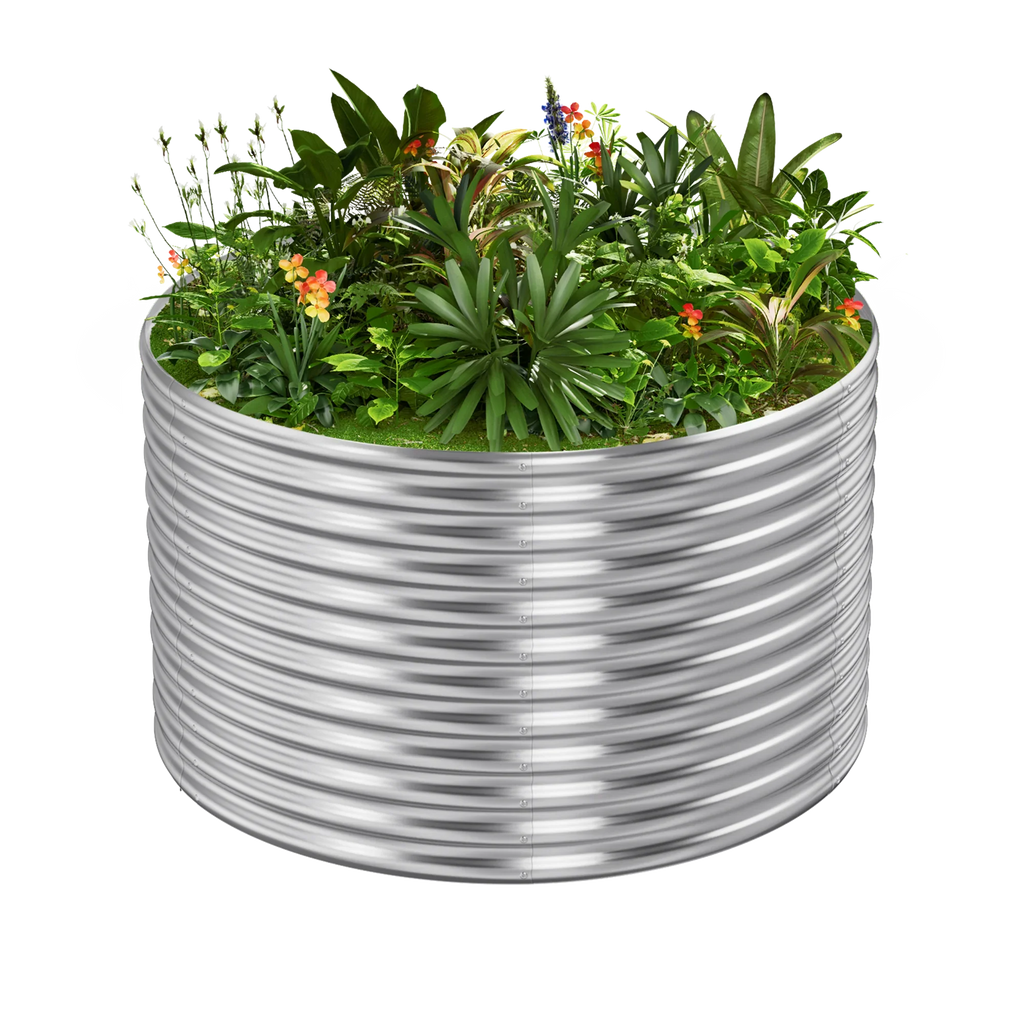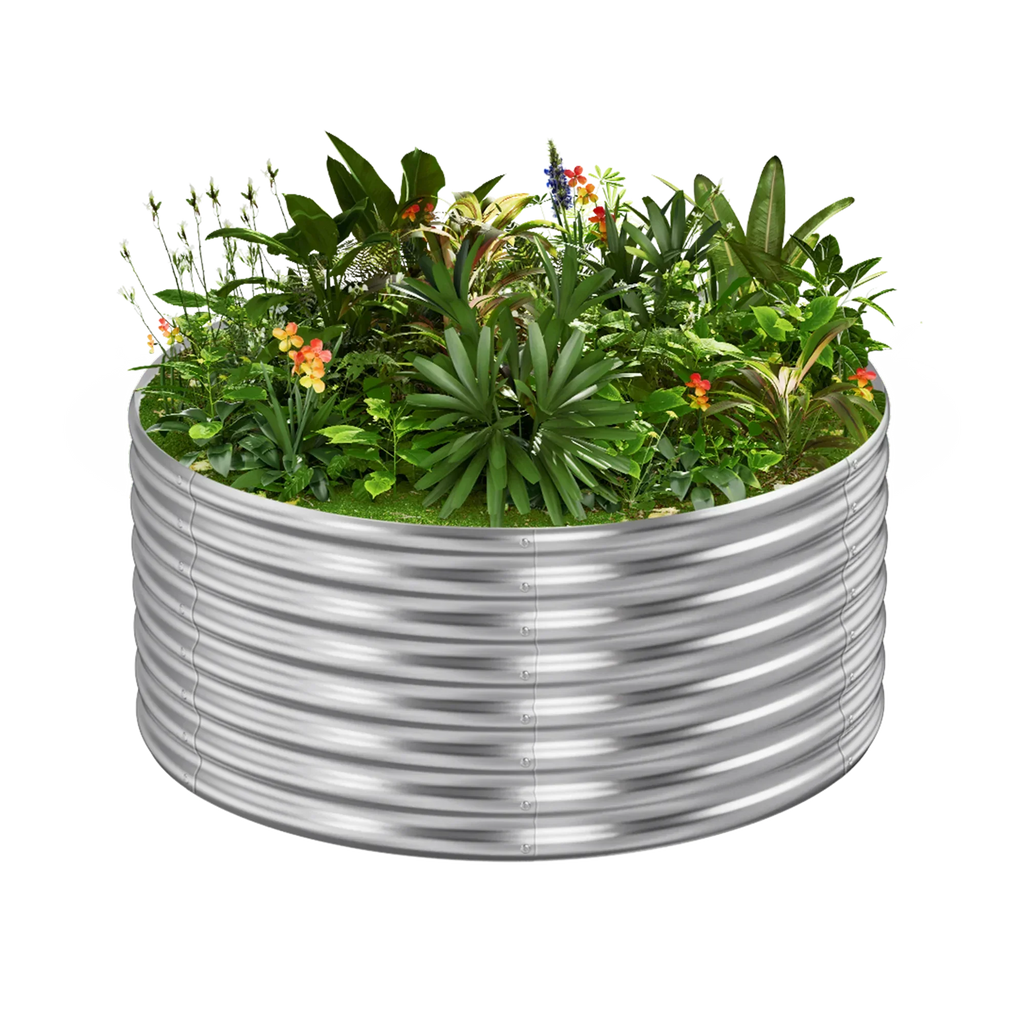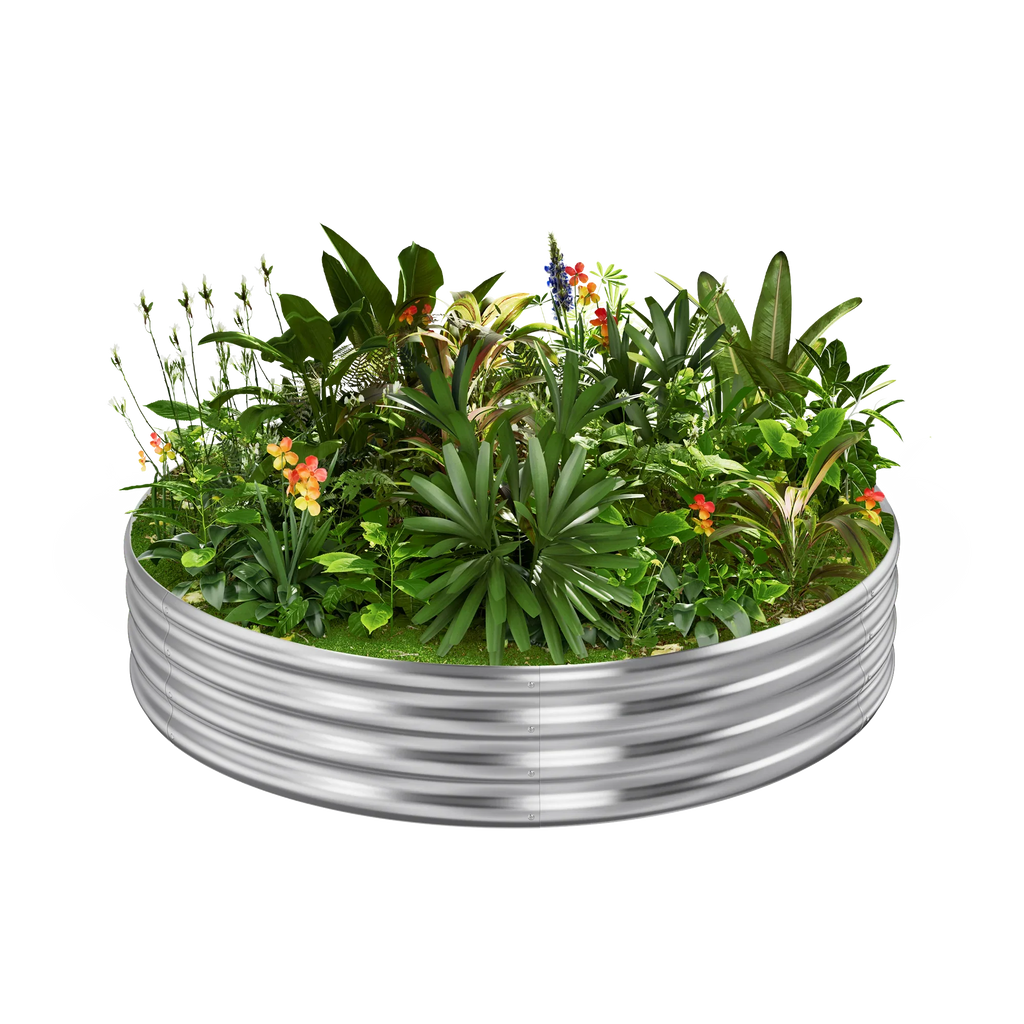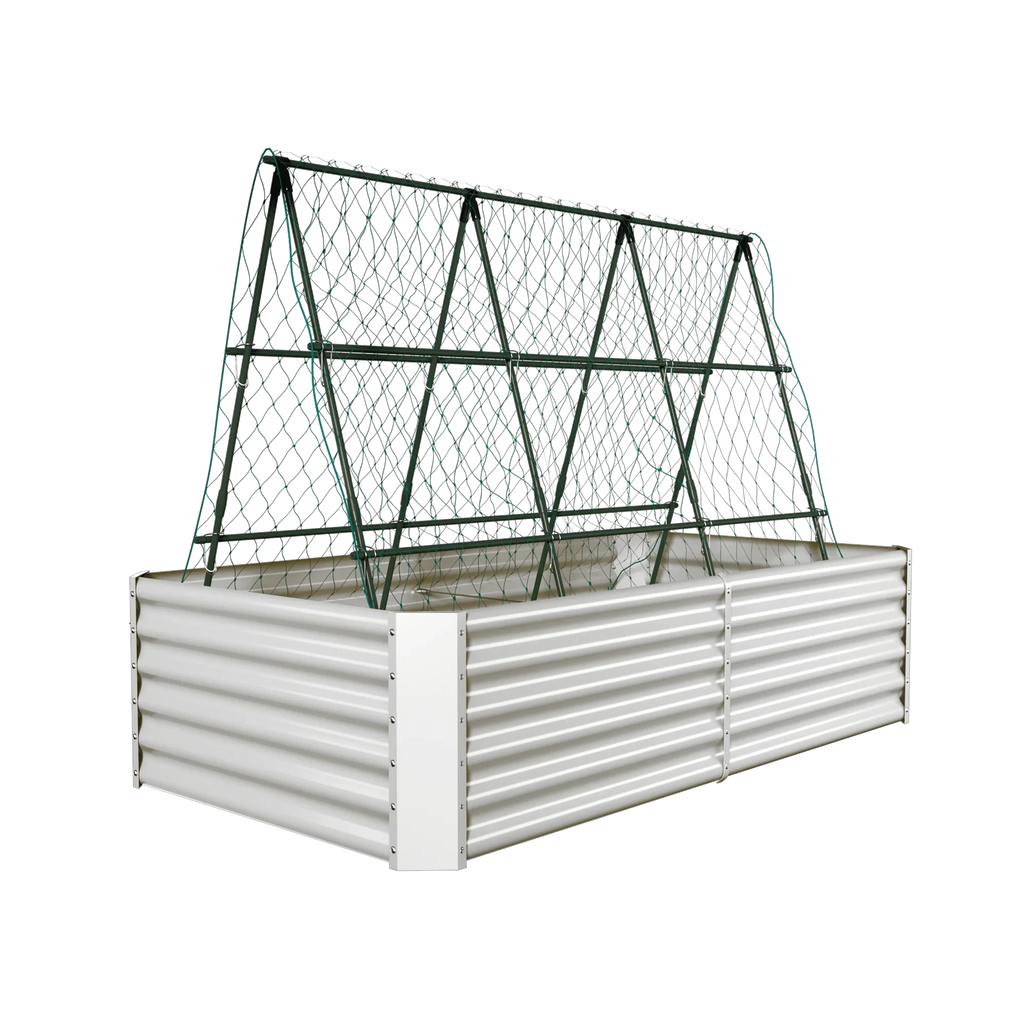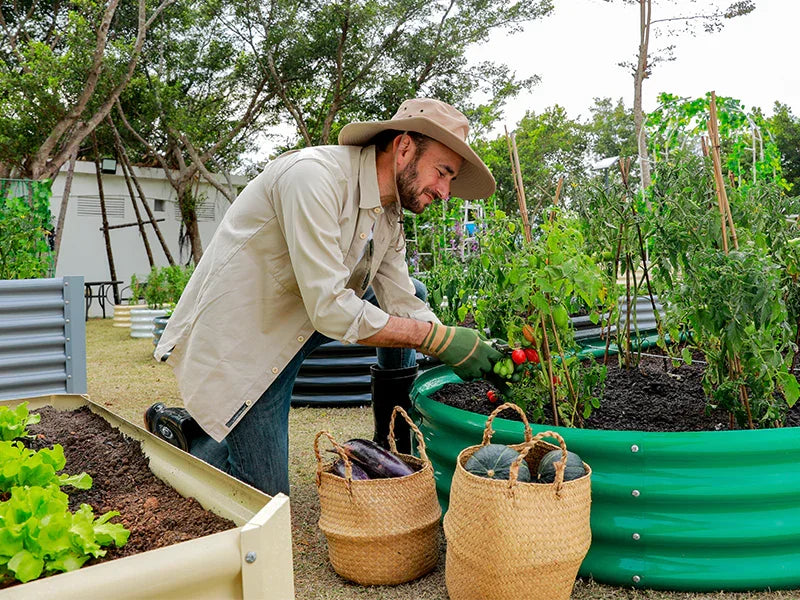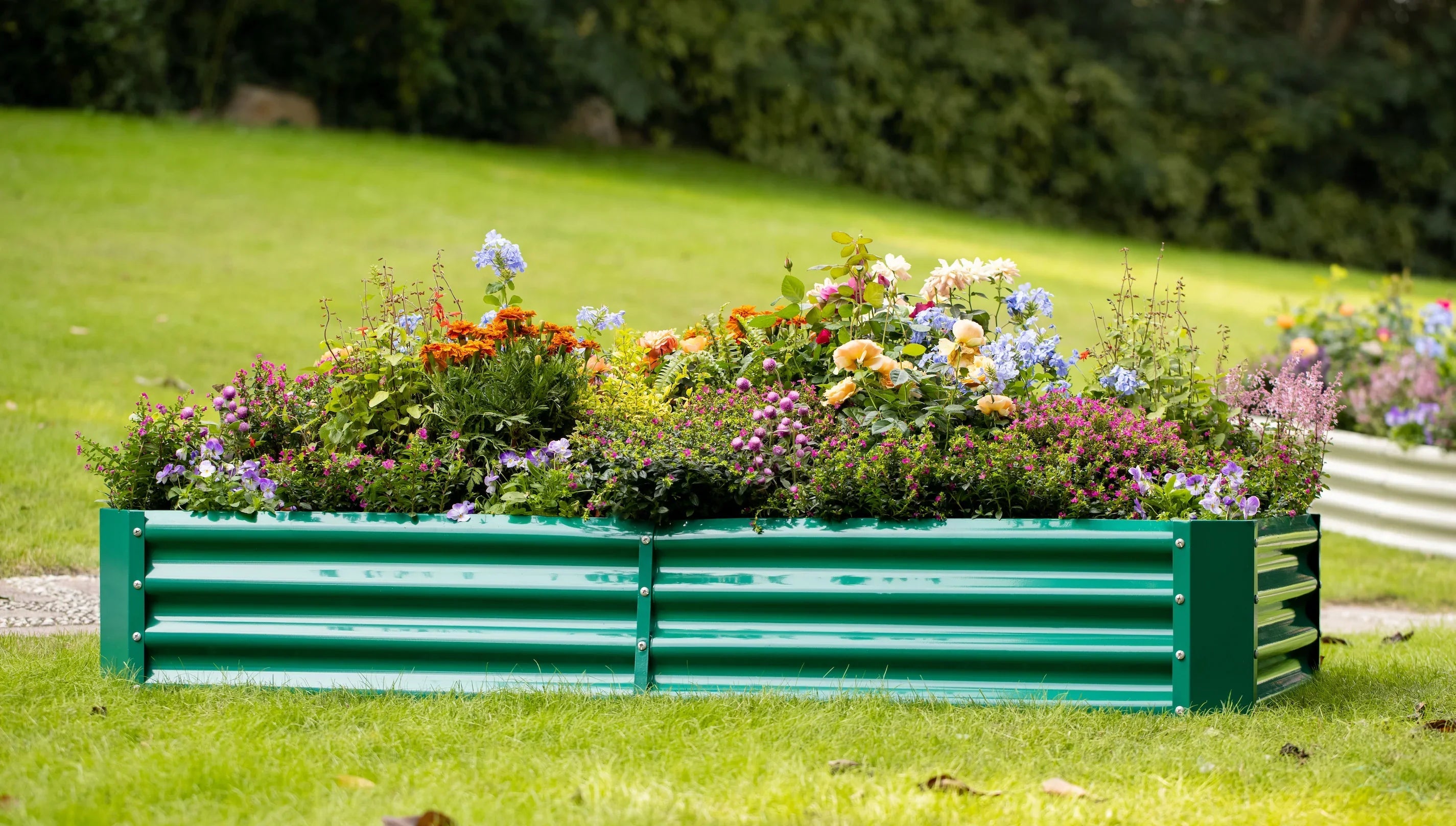Growing citrus trees in raised beds is a fantastic option for gardeners who want fresh lemons, oranges, or limes but face challenges like poor soil or limited space. Raised beds give you control over soil quality, improve drainage, and make tending your trees easier. In this guide, we’ll cover everything you need to know to grow healthy citrus trees in raised beds, from picking the perfect spot to keeping them thriving year-round.
Why Raised Beds Work for Citrus Trees
Citrus trees love warm, sunny conditions and well-draining soil—conditions you can perfect with a raised bed. Here’s why they’re a great match:
· Better drainage: Keeps roots from sitting in water, which citrus trees hate.
· Custom soil: You can mix the exact blend citrus trees need.
· Easier access: No bending over to prune or harvest.
· Warmer soil: Raised beds heat up faster, giving your trees a head start in spring.

Step 1: Pick the Perfect Location
Citrus trees need 6–8 hours of direct sunlight daily to produce juicy fruit. Choose a spot that:
· Gets full sun, ideally facing south or southwest.
· Is shielded from strong winds that can damage branches or dry out leaves.
· Has room for the raised bed and the tree’s mature size (check the variety’s growth habits).
Step 2: Build Your Raised Bed
A good raised bed for citrus should be practical and sturdy. Aim for:
· Height: 12–18 inches deep to support deep roots.
· Width: 3–4 feet so you can reach the center easily.
· Materials: Cedar, redwood, or metal work well—avoid treated lumber that might leach chemicals.
Add a layer of gravel or landscape fabric at the bottom to boost drainage.
Step 3: Mix the Right Soil
Citrus trees thrive in slightly acidic soil (pH 6.0–7.0). Here’s a simple recipe:
· 40% topsoil: Gives structure.
· 30% compost: Adds nutrients.
· 20% peat moss or coir: Holds moisture without sogginess.
· 10% sand or perlite: Improves drainage.
Test the pH with a kit and tweak it with sulfur (to lower) or lime (to raise) if needed.
Step 4: Choose and Plant Your Tree
Pick a citrus variety that fits your climate and bed size:
· Dwarf trees (like Dwarf Meyer Lemon) for small spaces.
· Cold-tolerant types (like Satsuma) for chillier areas.
· Full-size trees (like Valencia Orange) for warm regions.
To plant:
· Dig a hole twice as wide as the root ball.
· Set the tree so the top of the roots sits just above soil level.
· Water well and mulch with bark or straw to keep moisture in.
Step 5: Water and Feed Your Tree
Watering and fertilizing are key to healthy citrus:
· Water: Give a deep soak 1–2 times a week—let the top inch of soil dry out between waterings.
· Fertilizer: Use a citrus-specific blend (high in nitrogen) every 6–8 weeks from spring to fall. Ease off in winter.
Watch for yellow leaves—they might mean too much water or not enough nutrients.
Step 6: Prune and Protect from Pests
Prune in early spring to shape the tree and remove dead wood. Focus on:
· Opening up the canopy for light and air.
· Cutting away suckers below the graft line.
Pests like aphids or spider mites can pop up—spray them with neem oil or insecticidal soap. Check leaves often to catch problems early.
Step 7: Winter Care
If frost is a risk:
· Wrap the trunk with a blanket or burlap.
· Pile extra mulch around the base.
· For dwarf trees, move them indoors or cover with a frost cloth.
In mild climates, a light cover might be enough.
Conclusion
With raised beds, growing citrus trees becomes simpler and more rewarding. Pick a sunny spot, build a solid bed, and give your tree the care it craves—you’ll soon be picking your own fresh fruit. Start today and enjoy the taste of homegrown citrus!






